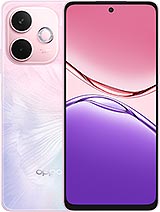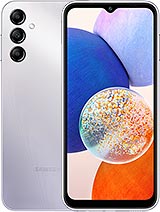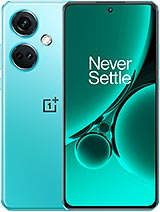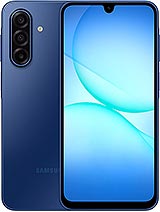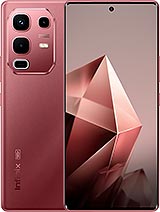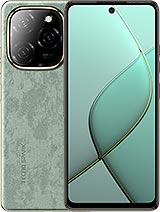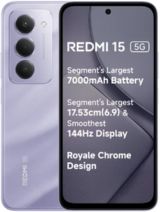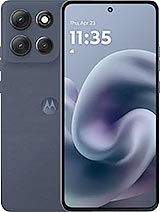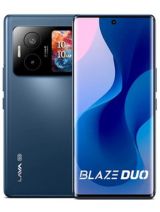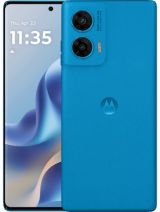Lava Blaze Duo alternatives
Tap above to see alternatives.
Moto G96 alternatives
Tap above to see alternatives.
2x2.5 GHz Cortex-A78
6x2.0 GHz Cortex-A55
4x2.40 GHz Cortex-A78
4x1.95 GHz Cortex-A55
8GB 128GB (UFS 3.1)
8GB 256GB (UFS 2.2)
(wide), PDAF
2MP
f/1.9, (wide), 1/1.56", 1.0µm, Sony LYT-700C, multi-directional PDAF, OIS
8 MP
f/2.2, 119˚ (ultrawide), 1/4.0", 1.12µm, AF
1080p@30/60/120fps, gyro-EIS, OIS
f/2.0, (wide), 1.0µm
f/2.2, (wide), 1/3.14", 0.7µm
1080p@30fps, gyro-EIS
SIM1: Nano, SIM2: Nano
SIM1: Nano, SIM2: Nano
13 5G bands
n1, n3, n5, n7, n8, n20, n28, n38, n40, n41, n66, n77, n78
13 5G bands
n1, n3, n5, n7, n8, n20, n26, n28, n38, n40, n41, n77, n78
In this performance comparison, the Moto G96 with its Qualcomm Snapdragon 7s Gen 2 (4nm) performs better than the Lava Blaze Duo with the Mediatek Dimensity 7025 (6nm), thanks to superior chipset efficiency.
Both phones offer the same 1 years of OS update support. For security updates, Moto G96 offers 3 years of support compared to Lava Blaze Duo's 2 years.
Both Lava Blaze Duo and Moto G96 feature AMOLED displays, offering vibrant colors and deeper blacks. In terms of smoothness, Moto G96 offers a higher 144 Hz refresh rate, ensuring fluid scrolling and animations. Both devices deliver the same brightness level at nits. Both phones have the same screen resolution.
Moto G96 features a larger 5500 mAh battery, potentially delivering better battery life. Both devices support the same wired charging speed of 33W.
Moto G96 offers better protection against water and dust with an IP68 rating.
- Lava Blaze Duo – Check price here
¹ Scores can vary even with the same chipset due to RAM, thermals, and software optimization.



